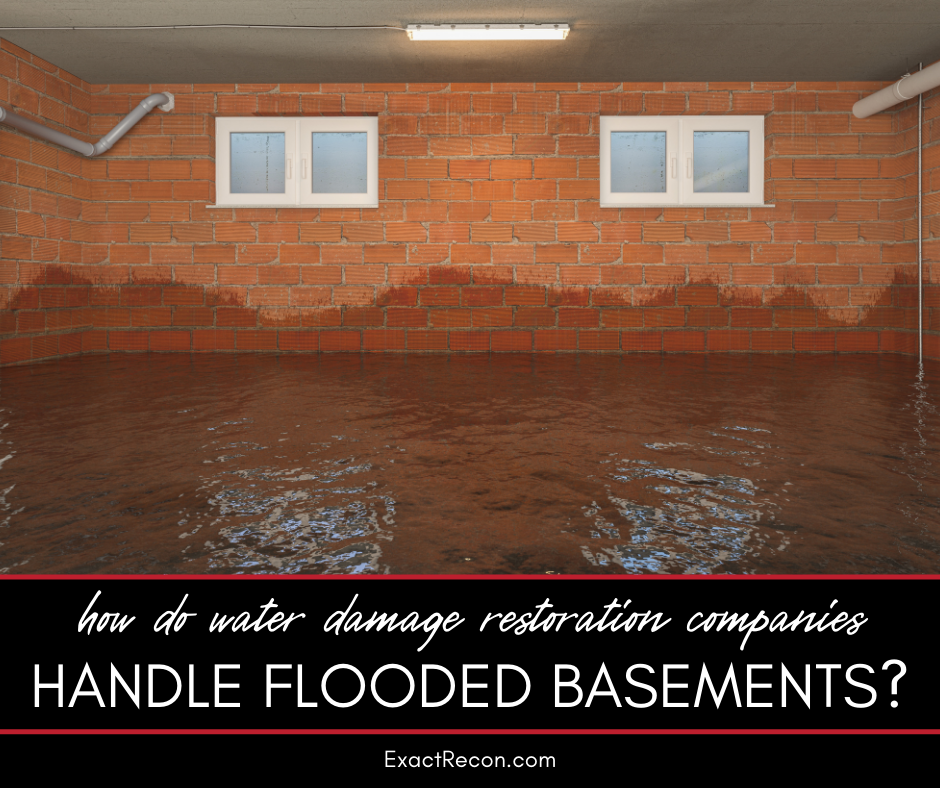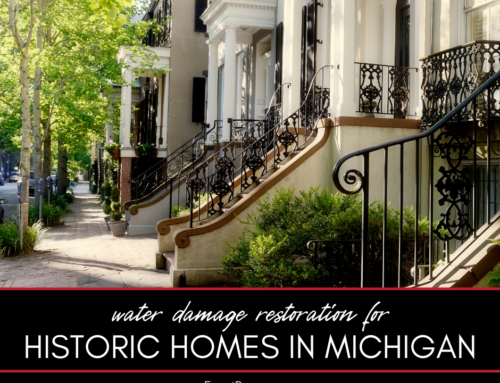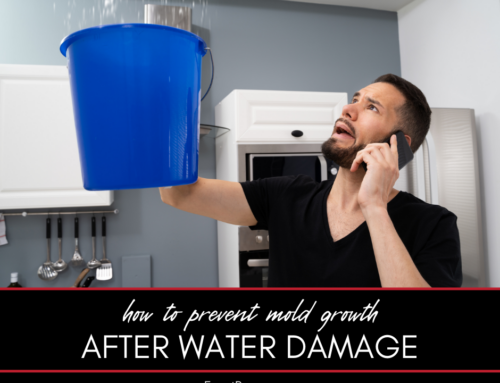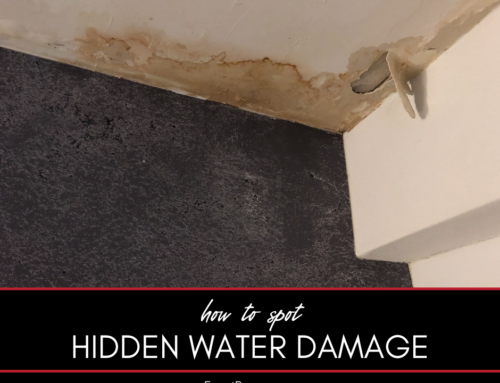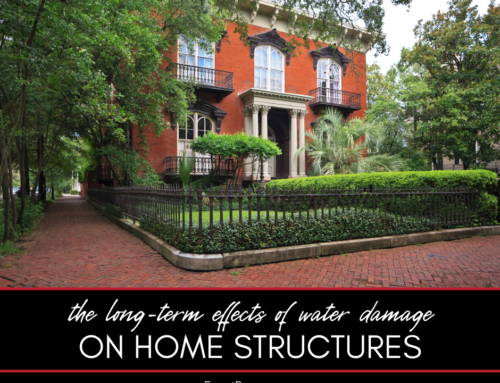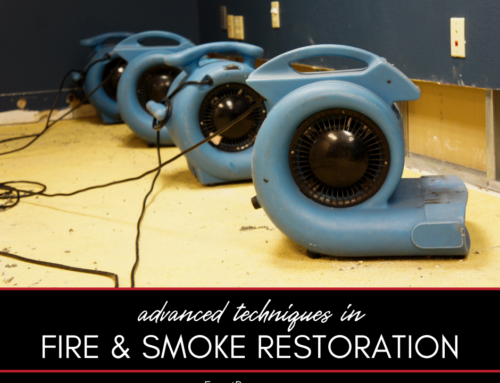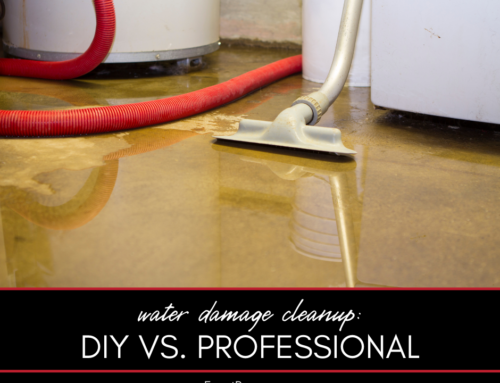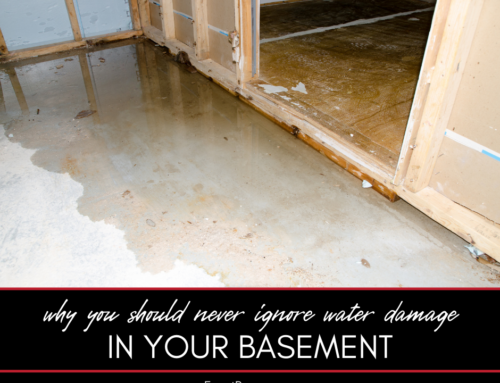A flooded basement can be a distressing sight for any homeowner. The potential damage, loss of personal belongings, and the daunting task of cleanup can be overwhelming. But that’s where water damage restoration companies come into play. If you’ve ever wondered how these professionals tackle the challenge of a flooded basement or are looking for guidance in case of future incidents, this guide is here to help. With our expertise, we’ll break down the steps involved in restoring your basement to its former state.
How Do Water Damage Restoration Companies Handle Flooded Basements?
When faced with a waterlogged basement, a swift and systematic approach is crucial. Here’s how professionals like us step in to mitigate the damage and restore your space.
This guide covers:
- Initial assessment and safety checks
- Water extraction and removal
- Drying and dehumidifying the area
- Cleaning and disinfection
- Damage assessment and repairs
- Mold prevention measures
Here’s a closer look at each.
Initial Assessment and Safety Checks
The first step in addressing a flooded basement is a comprehensive assessment. Professionals will inspect the area to determine the severity and type of water damage. This involves checking the water’s source, its contamination level, and the amount of water present. Equally crucial during this phase is ensuring the safety of the environment. Professionals will check for any electrical hazards, such as submerged outlets or appliances, and evaluate the structural integrity of the area. Any immediate risks are addressed to ensure the safety of both the homeowners and the restoration team.
Water Extraction and Removal
Once the area is deemed safe, the focus shifts to removing the standing water. This is a critical step, as prolonged water exposure can exacerbate damage and increase repair costs. Professionals utilize high-powered pumps and industrial-grade wet vacuums to extract water efficiently. These tools are designed to handle large volumes of water, ensuring a swift and effective removal process.
Drying and Dehumidifying the Area
After extracting the water, there’s still the challenge of addressing hidden moisture within walls, floors, and personal belongings. This residual moisture can lead to mold growth and further damage if not addressed. Professionals use specialized drying equipment, including industrial fans and dehumidifiers, to target and eliminate this moisture. The goal is to restore the affected materials to their normal moisture levels, ensuring the longevity and safety of your property.
Cleaning and Disinfection
A flooded basement often brings more than just water; it can introduce contaminants, debris, and potential pathogens. This is especially true if the flooding resulted from external sources or sewage backups. To address this, professionals undertake a thorough cleaning process. They use EPA-approved cleaning agents to sanitize the area, ensuring it’s free from harmful bacteria and other contaminants. This step not only restores the cleanliness of your basement but also ensures it’s safe for habitation.
Damage Assessment and Repairs
With the basement clean and dry, the next step is to restore it to its original state. Professionals will evaluate the extent of the damage to materials, structures, and personal belongings. This could involve replacing damaged drywall, repairing flooring, or even repainting walls. The aim is to return the basement to its pre-flood condition, ensuring it’s both functional and aesthetically pleasing.
Mold Prevention Measures
One of the significant concerns post-flooding is the potential for mold growth. Mold thrives in damp environments, and a recently flooded basement provides an ideal setting. To combat this, professionals will apply antimicrobial treatments to affected areas. These treatments inhibit mold growth, ensuring the long-term safety of your basement. Additionally, professionals will conduct moisture checks, ensuring that every nook and cranny is dry, further reducing the risk of mold development.
FAQ About Water Damage Restoration for Flooded Basements
Here are some frequently asked questions about the restoration process for flooded basements. If you don’t see the answers you’re looking for here, please call our office. We’re here to help.
How Long Does the Restoration Process Typically Take?
The duration can vary based on the damage’s extent, but generally, a flooded basement can be fully restored in a few days to a week.
Is It Advisable to Stay in My Home During the Restoration?
Depending on the severity and affected areas, it might be safer and more convenient to relocate temporarily.
Will My Insurance Cover the Restoration Costs?
Coverage varies by policy. It’s crucial to consult with your insurance provider to understand what’s covered.
How Can I Prevent Future Basement Flooding?
Regular maintenance, proper drainage, and installing a sump pump are some proactive measures to prevent flooding.
What Should I Do with Items Damaged Beyond Repair?
Professional restoration companies often offer content disposal services, ensuring items are discarded safely and responsibly.
A flooded basement can be a challenging ordeal, but with the right expertise and prompt action, your basement can be restored to its original state or even better. Remember, when faced with such situations, professionals like us are just a call away, ready to bring your basement back to its prime.
Do You Need a Disaster Remediation Expert in Washtenaw County or Jackson County?
If your home has already been damaged, we can help. Check out our services and call Exact Recon for your free disaster remediation quote today. We offer:

